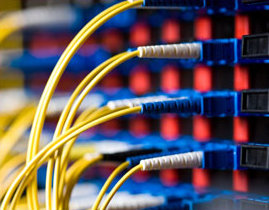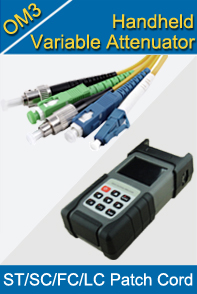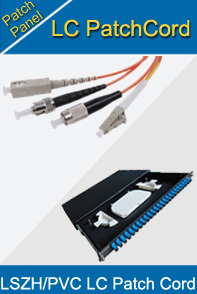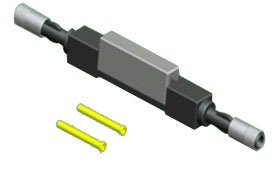-

- Sopto Home
-

- Special Topic
-

- Patch Cord Knowledge
-

- How Does a Patch Panel Work?
Patch Cord Knowledge
- Fiber Optic Connector Ferrule Design
- Fiber Optic Connector Design
- E2000 to ST Fiber Patch Cable Overview
- Acceptable and Unacceptable Fiber Connector End-Face Finishes
- Using Wipes and Cleaning Cassettes to Clean Fiber Patch Cords
- Not-Too-Tight Mating of Fiber Optic Connectors
- Matching Gel and Oils Contamination about Fiber Optic Connectors
- The Effect of Improper Use of Fiber Optic Connectors
- Why Fiber Optic Connectors are Fragile?
SOPTO Special Topic
Certificate



Guarantee
Except products belongs to Bargain Shop section, all products are warranted by SOPTO only to purchasers for resale or for use in business or original equipment manufacturer, against defects in workmanship or materials under normal use (consumables, normal tear and wear excluded) for one year after date of purchase from SOPTO, unless otherwise stated...
Return Policies
Defective products will be accepted for exchange, at our discretion, within 14 days from receipt. Buyer might be requested to return the defective products to SOPTO for verification or authorized service location, as SOPTO designated, shipping costs prepaid. .....
Applications
 Fiber Patch Cords have a widely application. Where the need for the optical fiber connection, where you need fiber optic patch cords.
Fiber Patch Cords have a widely application. Where the need for the optical fiber connection, where you need fiber optic patch cords.
Testing Equipment
FTTX+ LAN
Optical Fiber CATV
Optical Communication System
Telecommunication
SOPTO Products
- Fiber Optic Transceiver Module
- High Speed Cable
- Fiber Optical Cable
- Fiber Optical Patch Cords
- Splitter CWDM DWDM
- PON Solution
- FTTH Box ODF Closure
- PCI-E Network Card
- Network Cables
- Fiber Optical Adapter
- Fiber Optical Attenuator
- Fiber Media Converter
- PDH Multiplexers
- Protocol Converter
- Digital Video Multiplexer
- Fiber Optical Tools
- Compatible
Related Products
Performance Feature
Good Water-proof
Low insertion loss;
low reflection loss;
Stability, good repeatability;
High-precision ceramic ferrule;
Compatible with NTT standard;
Precision Grinding and fully testing;
Compliance with international standards
Patch Cord Knowledge
Recommended


How Does a Patch Panel Work?
Network infrastructure cabling usually includes a large number of Category 5, 5E, 6 or cat7 Ethernet cable that are pulled from various locations throughout a building into a single wiring closet. In order to organize the cables and protect them from damage, patch panels that feature punch down blocks for terminating the cables are used extensively in wiring closets. Connect network infrastructure cables to the back of a patch panel using a punch down tool and wire-strippers.

Fiber patch panel usually is composed of two parts, the compartment that contains fiber optic network adapter (bulkhead receptacle), and the compartment that contains fiber optic splice trays and excess fiber cables. If you want a even neater cable management, you can also use a fiber optic patch cable management tray to neatly store and manage excessive fiber patch cable lengths. A patch panel separates the hardwiring of your network from your networking equipment. Each run of cable that goes throughout the house or building is punched down on the back of the patch panel.
Rather than RJ45 ports, this side is equipped with punch down terminations and color-coding for T568A and T568B wiring. There are also independent verification testing symbols for UL and 3P. Each set of punch down terminations corresponds to a port on the front of the panel. Patch Cables connect the ports on the front of the patch panel (or panels) to your networking equipment (such as switches, hubs, and routers).
Most patch panels have redundant power supplies attached in order to ensure that power failures do not result in data transfer failures. Specialized patch panels, like switching routers, can make switching between one connected device to another as simple as the press of a button, without any need to rewire the connections.
For purchasing high quality fiber optics and patch panels with low cost or for more products’ information, please contact a Sopto representative by calling 86-755-36946668, or by sending an email to info@sopto.com.



